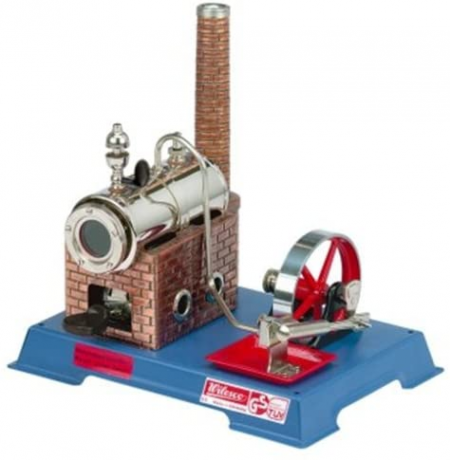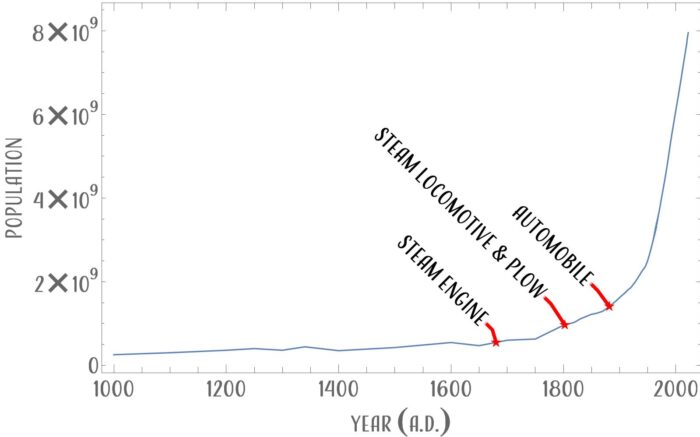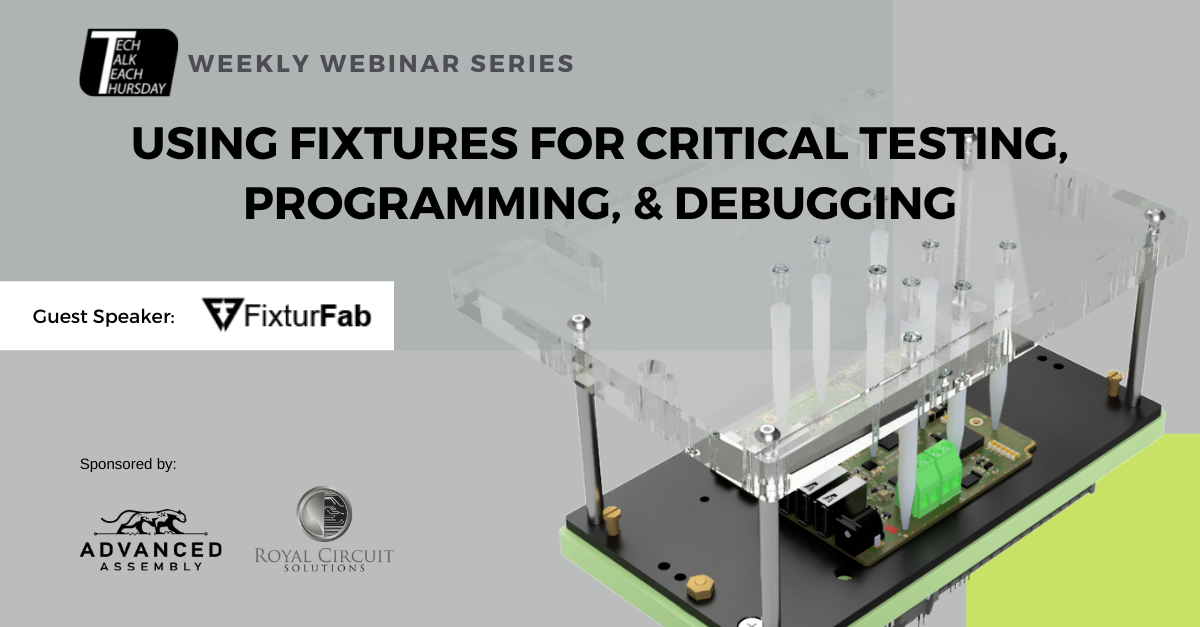In the last blog, I stated that most students learn “Energy is the ability to do work” without ever understanding what the words mean. I’ve never been satisfied with that superficial approach to understanding, so I began to develop a different approach to teaching the subject. I was still developing this approach when I left the classroom.
The actual history of how the conservation of Energy was developed1 is interesting in its own right, but not to the vast majority of high-schoolers. So I attempted to teach the concept of Energy from a pseudo-historical perspective. In other words, I took great liberty in presenting historical facts in a manner that suited the narrative I was developing. I never said anything objectively incorrect but didn’t fill all the holes in the historical record. The human mind can only absorb so many facts and data points in a given period, and too much detail can decrease understanding.
My Latest Attempt at Introducing Energy
I had a small model steam engine that ran on tiny fuel tablets, and it is similar in function to the one shown in the image below.

Image of model steam engine from https://www.amazon.com/Wilesco-Steam-Engine-Model-Kit/dp/B0002HY5IE
These engines run for several minutes on tiny fuel tablets. The flywheel on my engine would spin wildly, and weight imbalances would cause the entire mechanism to vibrate all over the demonstration desk. Many students would leave their seats to see the engine operate up close. Once the boiler “ran out of steam” and the engine stopped moving, I’d begin the discussion.
“You know, a hundred and twenty years ago, you could get on a steam-powered ship and ‘steam’ across the Atlantic ocean at around 20 miles per hour, or hop on a train and travel from New York City to San Francisco in three and a half days. All because some clever people figured out how to make a fuel like this spin a shaft and then do something useful with that spinning shaft. Pretty amazing stuff. Spinning shafts changed the course of humanity.

The industrial revolution changed human population growth from a straight-line graph to something resembling a hockey stick. John Deere’s 1837 steel plow was strong enough to cut through previously unfarmable land, and when combined with a tractor, farmers could grow crops on large land areas.
The first steam engine was a water pump that kept mines dry. Many revisions later, in the last part of the 18th century, we had engines on trains and ships. These inventions helped to change the world. The population of humans on the planet began to grow exponentially during this time – you might have studied it in history class – it is the industrial revolution.
But it’s not as simple as lighting one of these little fuel tablets and steaming to Europe. These little things didn’t exist back then.
Let’s say you’ve got to build a train or a ship.2 How do you do it? What do you need to figure out? Does the type of fuel matter? Does the type of fuel affect how far you can go? Does it matter how heavy your train or ship is, how much cargo you’re carrying, what engine you’re using? Every extra ton of fuel means one less ton of cargo – but too little fuel, and you’ll not reach your destination – which is a bit of a problem if you’re adrift in the North Atlantic.
Imagine for a moment you’ve got to figure this stuff out. How would you do it? If I gave you one ton of softwood, hardwood, and coal, how could you figure out how far a particular engine could move your ship?
You’ve probably figured out that you can burn each fuel in the engine and measure the ship’s displacement, or perhaps record how long the engine runs, and develop a mathematical model from the data.
But I’m going to make it harder now. After you experiment with the fuels, let’s say I give you ten engines3, each with a different piston surface area, could you still figure out how far each engine would move your ship and develop mathematical equivalencies? What if I now give you a ship with ten different lengths? Or propellers with ten different pitch angles?
I’m pretty sure you could set up an experiment to figure all of that out. Two tons of coal would boil enough water to take a ship or train just as far as three tons of dry hardwood. Engine design seven takes the ship twice as far as engine two, and ship three travels ten percent further than ship eight, and so on.
But back then, we didn’t have all the computers and machines that we do now. Building a ship or an engine was then, and is now, quite the undertaking and very expensive.
Unless a business was funding the research, there was no way for a scientist at the time to go out and build ten engine variations, ten ship variations, and ten samples of the finest fuels the country had to offer.
Scientists needed a simple way to equate different fuels, engines, ships, and trains. And it would be fantastic if they could do their experiments with paper and pencil. Ordering up ten steamships for an experiment was a non-starter.
Scientists and mathematicians created a series of equations to figure out a number that all the experiments could share. And that number represented how much water would boil given a certain amount of fuel; the number represented how far a train or a ship could travel; how high of a hill a train could climb; how fast the train traveled on a downhill slope. They used equations to understand and optimize steam engines. The idea worked so well they adapted the same techniques in other branches of physics: Mechanics, Thermodynamics, Electricity and Magnetism, Hydrodynamics, etc.
Energy is the scientists’ and mathematicians’ idea to deal with all of these different things.
Money Metaphor
A comfortable albeit incomplete metaphor might involve money. We use dollars and cents to give unrelated items value. A computer is worth one-thousand dollars; a banana is fifteen cents; a car is worth nine-thousand dollars; and a backpack twenty-dollars. If you had nine thousand dollars, you could buy one car, nine computers, four-hundred and fifty backpacks, sixty-thousand bananas, or some combination thereof.
What’s more, you probably don’t even handle money much anymore. Money exists as numbers in a bank account somewhere. Instead of walking around with cash, you walk around with a plastic debit card. You can accumulate and disburse numbers from this account by exchanging them for different objects.
In the next blog, we’ll take these ideas and some new ones and march forward to a definition of Energy you probably haven’t heard before.
https://jscholarship.library.jhu.edu/bitstream/handle/1774.2/34251/31151029395534.pdf
These questions were presented in a much more open-ended, back-and-forth method called Socratic Inquiry, a technique that can quickly morph into an aggressive, uncomfortable, and confusing line of inquisition if the instructor isn’t careful.
The number 10 was common in my classroom. Every experiment needed an independent variable that students could change 10 times such that the largest variable was ten times greater than the smallest. So “10 engines” would be a single-engine with one variable, such as piston stroke length, piston diameter, or something similar was changed ten times such that the biggest measurement was ten times greater than the smallest measurement.



